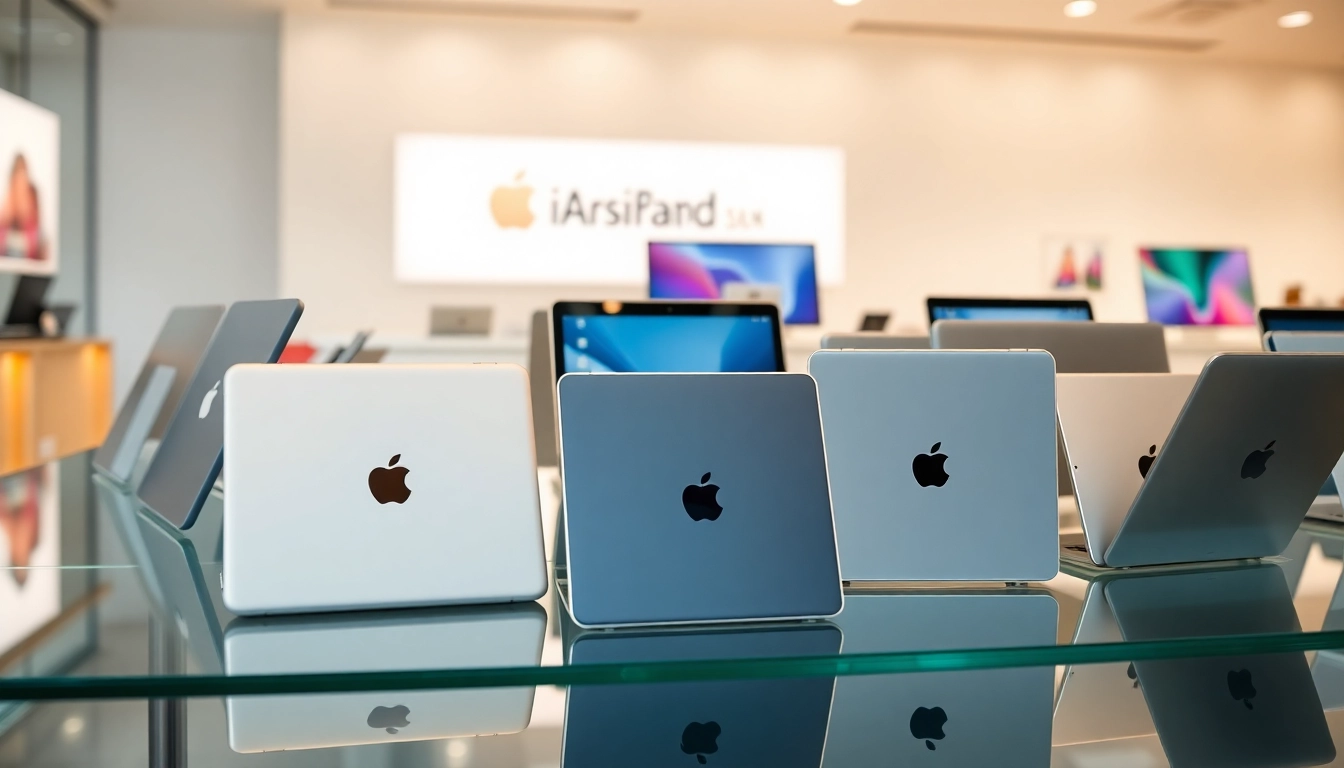Choosing the Right iPad Model to Buy
Understanding Different iPad Variants
When it comes to selecting an iPad, Apple offers several models that cater to various needs and preferences. The main variants are: iPad, iPad Mini, iPad Air, and iPad Pro. Each model comes with distinct features, sizes, and price points, making it crucial to understand their differences to make an informed decision. The standard iPad serves as a versatile option for everyday use; the iPad Mini is lightweight and compact, ideal for portability; the iPad Air strikes a balance with advanced features at a mid-range price; and the iPad Pro is geared towards professionals needing high-performance capability and the latest technology.
Feature Comparison: iPad Air vs. iPad Pro
The iPad Air and iPad Pro are often compared due to their overlapping functionalities, but they serve different target audiences. The iPad Pro features an M1 or M2 chip, offering superior processing power for demanding applications like graphic design and video editing. It includes higher refresh rates, ProMotion technology, and a better camera system, making it suitable for professional users.
On the other hand, the iPad Air, although powerful with its A14 Bionic chip, is designed for general consumers and educators needing a balance between performance and price. Both devices support Apple Pencil and Magic Keyboard, but the Pro model allows for more advanced capabilities like Liquid Retina XDR display.
Special Models: Refurbished and Used iPads
Buying refurbished or used iPads can significantly reduce the cost while still delivering excellent performance. Apple’s certified refurbished products come with a warranty, ensuring reliability. Used models sold through reliable retailers may also provide great value, though risk assessment is crucial. Always check the device’s condition, battery health, and warranty status before purchase.
Where to Buy iPad: Top Retailers Reviewed
Buying Directly from Apple
The most straightforward way to buy iPad is directly from Apple. Apple’s online store offers the complete range of iPads, along with customization options for storage and accessories. Plus, buying from Apple ensures you receive genuine products with a warranty. Apple also provides a 14-day return policy and trade-in options, allowing customers to upgrade their devices more affordably.
Best Buy: Pros and Cons
Best Buy is another popular retailer for purchasing iPads. They often carry a selection of models, sometimes with in-store demos to test devices before buying. Additionally, Best Buy offers price-matching policies and financing options. However, stock may vary, and newer models may not be immediately available compared to Apple’s dedicated site.
Online Shopping: Amazon vs. Other Platforms
Amazon is a well-known alternative for purchasing electronics, including iPads. The platform often features competitive pricing, customer reviews, and a variety of seller options, from new to used products. However, it is essential to check seller ratings and understand the warranty conditions, as buying from third-party sellers can entail risks. Other online platforms to consider include Walmart, Costco, and eBay, each with unique offers and stock availability.
Financing Options When You Buy iPad
Understanding Apple’s Payment Plans
Apple provides an easy financing plan through its website, allowing customers to spread the cost of their iPad over monthly payments. Depending on your credit score, borrowing limits, and the model chosen, terms may vary. This plan can make it easier for customers to purchase higher-priced models without immediate strain on their finances.
Pros of Using Retailer Financing Offers
Many retailers, like Best Buy and Amazon, also offer financing options, often with incentives like interest-free periods. These can be appealing for budget-conscious buyers. However, it’s crucial to read the fine print on any financing offer to avoid hidden fees or unfavorable terms.
Considerations for Refurbished Models
Buying refurbished iPads can not only save you money but also provide an opportunity to own higher-end models at a reduced price. When considering refurbished devices, always look for warranties, a clear return policy, and seller certifications to ensure quality.
iPad Buying Tips and Tricks
When to Buy: Best Times to Purchase
The timing of your purchase can lead to significant savings. Generally, Apple announces new products in the fall; buying right after these announcements may provide discounts on older models. Additionally, events such as Black Friday, Cyber Monday, and back-to-school sales also present ideal times for purchasing an iPad.
Trade-in Programs: Get More Value
Apple and various retailers offer trade-in programs where you can exchange your old device for credit towards a new iPad. This not only reduces the cost but also promotes environmental sustainability by recycling used devices. Ensure to assess your current device’s trade-in value to understand the financial benefits.
Accessories to Enhance Your iPad Experience
Investing in accessories can elevate your iPad experience to new heights. Consider adding an Apple Pencil for digital drawing or note-taking, a Magic Keyboard for enhanced productivity, and high-quality cases for protection. Research compatibility to ensure any accessories enhance rather than detract from your iPad’s capabilities.
Post-Purchase: Setting Up Your New iPad
Initial Configuration Tips
Once you unbox your new iPad, start by setting it up using the on-screen instructions. Consider enabling Find My iPad for added security and tailoring privacy settings per your comfort level. Sync it with your Apple ID to access iCloud services, apps, and settings from your other Apple devices.
Installing Essential Apps
Beyond the pre-installed apps, installing essential tools can maximize your iPad’s functionality. Consider productivity apps like Notability, design tools like Procreate, or gaming apps for leisure. The App Store offers various categories, ensuring you find applications that suit your needs.
Maintenance and Updates for Longevity
Once you start using your iPad, performing regular maintenance is key to its longevity. Regularly install software updates to ensure optimal performance and security. Back up your data via iCloud or iTunes and maintain battery health by managing charging cycles and avoiding extreme temperature exposure.
